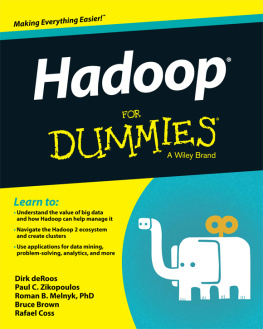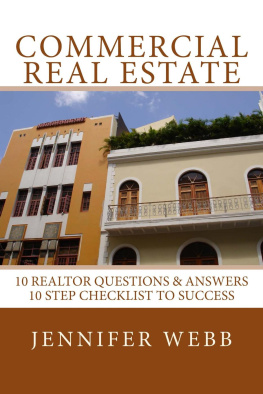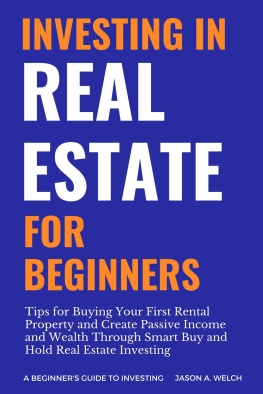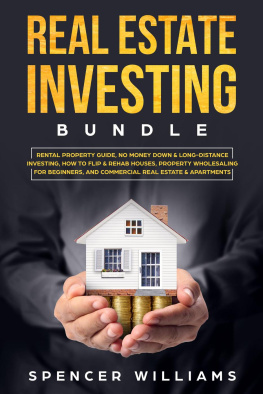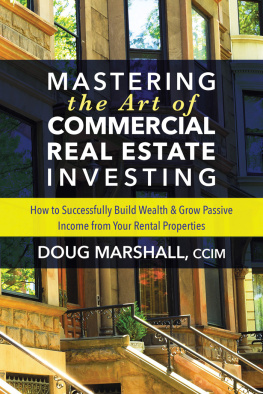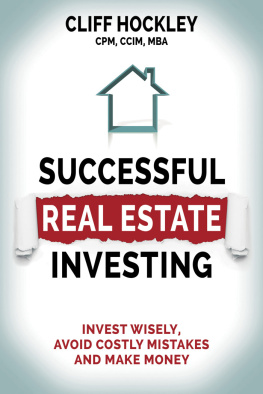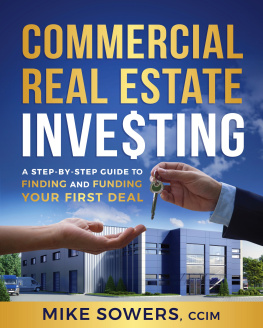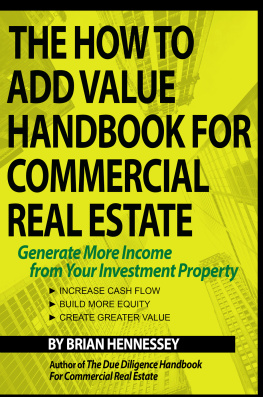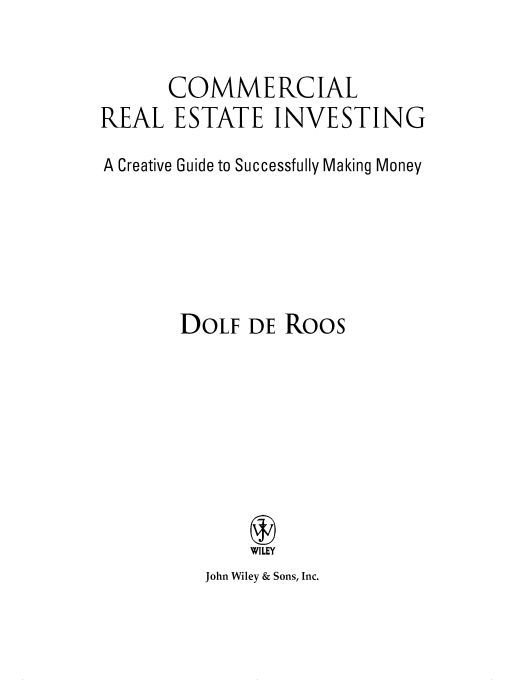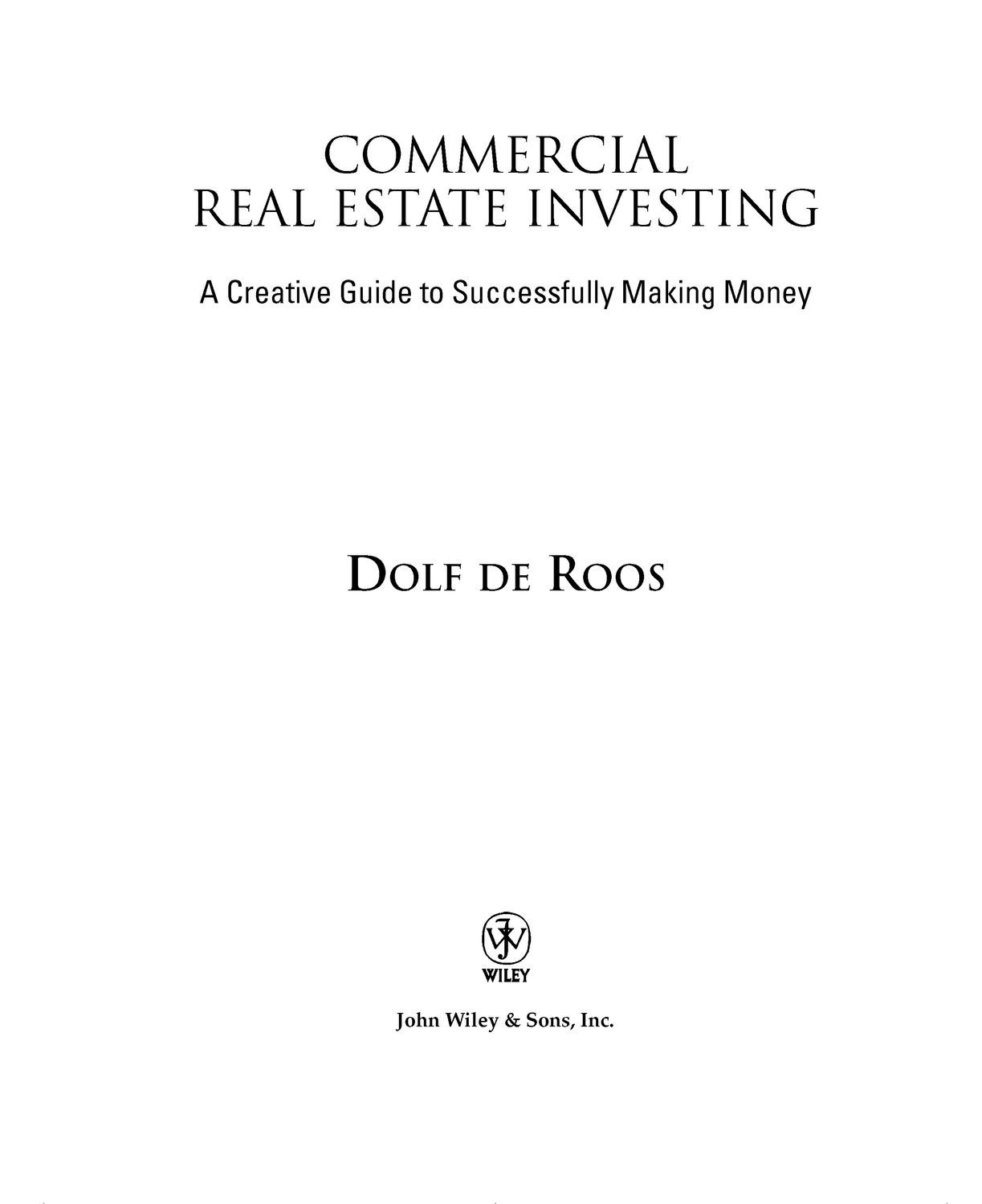Table of Contents
Preface
Anyone with $20 million in his pocket can go out and buy a $20 million real estate portfolio. This book is not for those peopleit is for those with little or even nothing in their pockets, who want to go out and make a fortune anyway.
Of course, if $20 million is just a little to you, you can still benefit from this book and learn how to easily acquire $200 million or more of real estate. In my experience, though, people with this kind of cash often do not have the time or inclination to do so. Therefore, those with no money and lots of drive may do well teaming up with people with lots of money and no inclination, to form a truly symbiotic investment partnership.
Beware, however, that your perception as to what constitutes a lot of money inevitably changes as you start to accumulate some. While this book focuses on how you can amass a fortune, remember that in a hundred years time, how much you will have made will not be of much importance to anyone. In the final analysis, how much fun you have along the way could be the ultimate reward. That is why I say, above all else, be curious, learn something new each day, help other people, be grateful, and have fun!
Successful investing!
Dolf de Roos
August 2007
Acknowledgments
My passion for commercial real estate has been inspired and fueled by many people. While my thoughts, theories, and methods have been formulated over many years, countless people havewittingly or unwittinglycontributed to my thinking, from real estate agents, bankers, mortgage brokers, and appraisers, to tenants, members of real estate investment associations, accountants, and literally thousands of investors (both budding and experienced) who have honored me by attending my events and who have forced me to expand my thinking.
While it is impossible to acknowledge everyone, many people deserve and have my deep appreciation. If I have missed you, then I apologize in advance; know that my appreciation is real nonetheless.
Sincere thanks go to Jay Abraham, Anthony Aoun, John Baen, Wayne Bourke, James Burgin, Randy Carder, Stephen Collins, Allen and Kenina Court, Keith and Sandi Cunningham, Curt Denny, Ross Denny, Craig Donnell, Charles Drace, Cary Ferguson, Andy Fuehl, Paul Gibbard, Andrew Gibbons, Daniel Godden, Pepi Gomez, Anthony Gough, David Grose, Datuk Maznah Hamid, Laurie Harting, Paige Hemmis, Dave Henderson, Adrian Heyman, Ian Jackson, Larry Jellen, Bob Jones, Stefan Kasian, Cindy Kenney, Rich Lamphere, Patrick Liew, Dave and Vicki Lovegrove, Katie Moustakas, Nick McCaw, Wayne and Lynn Morgan, Mike Pero, Craig Peters, Neale Petersen, Kean Pitcairn, Jim Poignand, Carrie Putman, Trevor Quirk, Tony Robbins, Alex Rodriguez, Paul Roussell, Trevi Sawalich, Constantine Scurtis, Mike Sexton, Bill Shopoff, Scott Sullivan, Garrett Sutton, David and Julia Sykes, Richard and Veronica Tan, Brian Tracy, Donald Trump, Dr. Robert Tybon, Andrew Waite, Jon Ward, Tung Desem Waringin, Richard Watters, Ron Whiteley, and Paul Wright.
Notes on Reading This Book
Numerous photos are included in this book to illustrate properties being discussed or points being made. Because of printing constraints, these photos are reproduced in black and white. Full-color versions of these photos, as well as other supporting documentation, photos, and newspaper articles, can be found on the web site www.dolfderoos.com.
Many examples of real estate bought or negotiated are discussed, ranging in value from $59,000 to hundreds of millions of dollars. As this book is intended for those who are relatively new to commercial real estate, an emphasis has been placed on using modest examples of properties that hopefully are within the comfort zone of most readers. Bear in mind, however, that the effort required to complete an $80,000 deal is about the same as that required to complete an $80 million deal, so do not intend to focus on smaller properties forever.
Finally, please accept that any instances of words like he, she, his, or her, unless specifically referring to a person of known gender, are generic. Sometimes it is too cumbersome to write he or she or his or her portfolio, but the points being made apply to anyone.
Introduction
If you think commercial real estate is just like residential real estate except that you need more capital to get started, you are in for a surprise. Commercial real estate is completely different and often requires little or no capital.
If you think, like the masses, that commercial real estate is risky because you have often seen vacant commercial premises and thanked your lucky stars that you are not the owner, you are in for a shock. For reasons that I am excited to share in this book, I seek out vacant commercial buildings, as I have figured out a way of making money, huge sums of it, seemingly out of thin air, by doing something very straightforward with these vacant buildingssomething that you cannot do with residential buildings.
If you think commercial real estate is too complex, too specialized, too esoteric, and too difficult for you to even consider, then let me take you on a journey to convince you that it is none of these things. In fact, I firmly believe that after reading this book, you will no longer want to even consider residential real estate as an investment option, and will focus instead on commercial real estate with both enthusiasm and confidence. The only regret you may have is that you didnt discover this information sooner.
Consider this: Of all the wealthy ($100 million-plus net worth) property investors I have come across in over 30 years of investing and teaching real estate in more than 25 countries (I have had the privilege of working with many prominent people in real estate all over the world), at most two have made their fortune through residential propertythe rest have all done it through commercial property.
Think about this. You wouldnt choose a surgeon with a low patient survival rate when there are others with a high survival rate. You wouldnt choose a car with a low crash-test rating over one with a high rating, or a school for your kids with a low graduation rate over one with a high graduation rate. So now that you know that nearly all wealthy property investors have achieved their wealth through commercial real estate, how can you justify even thinking of buying one more residential property? It would be like dropping your kids off at a bad school, and driving yourself in an unsafe car to a hospital to have surgery performed on you by a surgeon with a low patient survival rate. That is nuts, right? Well, in relative terms, so is investing in residential real estate.
This last fact alone should be enough to convince you to convert to commercial real estate, and you could save yourself a lot of time by not having to read the rest of this book if you converted on that basis. However, you would miss out on a lot of fun, which brings me to my next point.
If you think commercial real estate is dry and boring, and the only reason youd even consider it is that it is lucrative, then you are in for a real surprise. Residential real estate, for reasons I explain in this book, can be repetitious and therefore somewhat bland, but commercial real estate has so many opportunities for creativity, thinking outside of the box, and coming up with wacky ideas, that it genuinely is a lot of fun. At any rate, after I present my case, you can decide for yourself.


